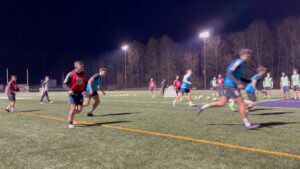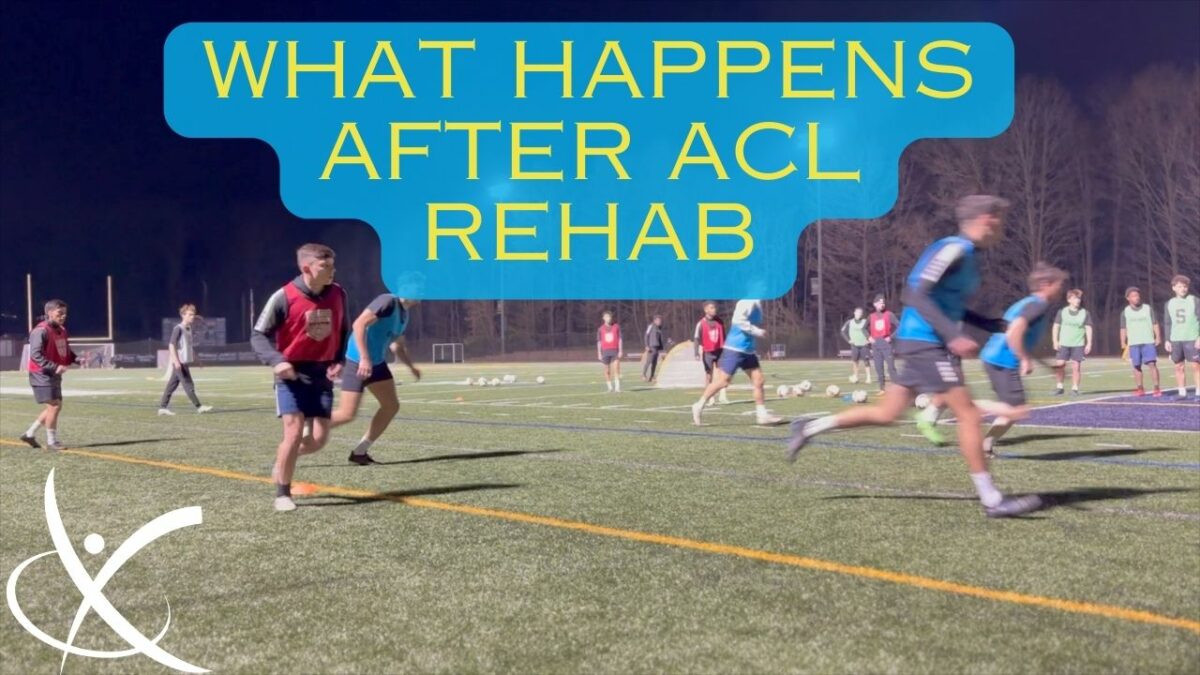
How Does Stress Affect Your Healing?
April 13, 2024You’re Cleared To Return To Sport! Congratulations…But Your Job Isn’t Over Yet
 Congrats on the green light from your surgeon and rehab professional! It’s been a rollercoaster of a year hasn’t it? Your world got rocked once you torn your ACL…the fear and sadness started to sink in…the surgeon gave you the reassurance you’d be good as new…and your physical therapist showed you how to feel like your old self again…man what a ride!
Congrats on the green light from your surgeon and rehab professional! It’s been a rollercoaster of a year hasn’t it? Your world got rocked once you torn your ACL…the fear and sadness started to sink in…the surgeon gave you the reassurance you’d be good as new…and your physical therapist showed you how to feel like your old self again…man what a ride!
You just passed all the tests and got your “Return to Sport” badge, huge congrats! We can’t wait to see you back on the field. And we can’t wait to see you back in the clinic too, so have a great weekend. …..yeaaaaa you read that right. We’ll see you back here. Because guess what? Your job ain’t over once you get your fancy return to sport card. Although the surgery has a high success rate, reinjury after surgery is a very concern for patients. Studies have shown that the risk of reinjury after ACL surgery ranges from 6% to 30%, depending on the specific sport or activity and the individual’s level of participation. It’s important for patients to follow their rehabilitation plan and work closely with their healthcare provider to reduce the risk of reinjury and achieve a successful outcome. Fortunately for you the friendly neighborhood PTs here at Feldman PT and Performance know how to minimize your risk and help you stay healthy and confident after your ACLR.
Even after you get back to your activity of choice you still need to focus on strength and movement. If your risk stays elevated for two years then you need to continue to work for two years. Non-negotiable. The more intense the activity the more work it will require on a constant basis. Regardless if your goal is running a straight line or moving in multiple directions you should get comfortable making the strength and agility a priority for the couple of years following RTS. We’re thrilled that you made it through your nine month recovery and hopefully it has been uneventful. However our plan is to keep you moving and strengthening as you lace back up. There is a fine line between rehab and performance and like to flirt with that line often in the clinic.
The way we do this is by focusing on single leg strength variations as well and reactive strength for the athlete. If the athlete has to move in multiple planes of motion or directions then we will incorporate these as well. This is particularly important for those who rely on the strength and stability of their knees for performance. Reactive strengthening exercises can help to improve balance and coordination, which can also help to prevent future injuries to either leg. However not all strength work is created equal and it’s important to focus on your specific needs as you re-introduce athletics and activity back into your new life post ACLR.
We understand it’s been a long road and you are anxious to cut the cord and get back to some normalcy but we will only ever want or suggest what is best for you. And at this stage in our careers we are going to pull rank and suggest a continuum of care that shifts over the next 24 months. Personally I’m suggesting follow ups with each of my ACLRs every month for 6-8 months and then backed off to every other month and ultimately every 2-3 months depending on the individual. This allows us an opportunity to continue to test and observe how your body is doing after being thrown back to the wolves. So far we haven’t had any pushback and we are thrilled to have the opportunity to keep you away from being another one of the statistics.
Give us a shout if you have any questions or are concerned with your current state of athletics. And as always..
Happy Training!





